
Owning a classic car is like holding a piece of history. Whether it’s the rumble of the engine or the nostalgic scent of vintage interiors, there’s nothing like hitting the road in your very own classic. But before you can show off your pride and joy, there’s one critical task: getting it registered.
In this guide, we’ll walk you through 11 simple steps to make registering your classic car a breeze. From gathering the right documents to knowing the costs, we’ve got all the details covered so you can spend less time with paperwork and more time cruising.
Check Your State’s Classic Car Registration Requirements

Each state has specific requirements for registering a classic car. Some states offer special registrations for vehicles over a certain age. Make sure you look up your state’s rules before diving into the process.
A quick search on your state’s DMV website can provide all the details you need. Requirements vary, so knowing them beforehand saves time and potential headaches. Start here to set yourself up for success.
One tip: Some states classify classic cars differently, so double-check if your car qualifies. This way, you’ll avoid surprises down the road.
Gather All Necessary Documentation
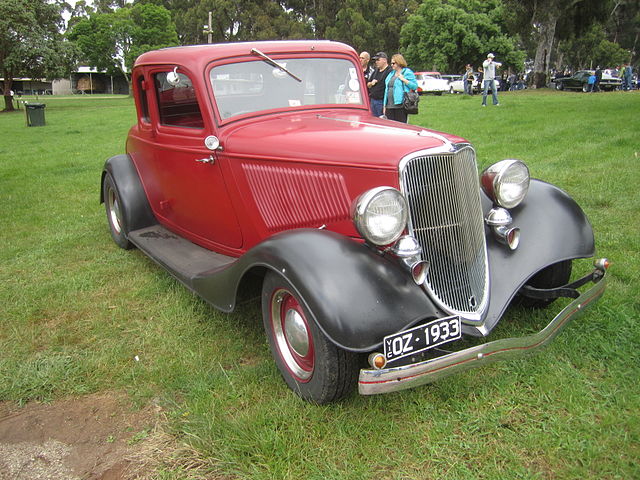
Before heading to the DMV, gather the documents you’ll need. Generally, this includes proof of ownership, title, and insurance information. Having everything ready will make the process smoother.
It’s helpful to create a checklist of the documents to ensure you don’t miss anything. This avoids last-minute scrambles at the DMV counter. Remember, a little preparation can save a lot of time.
An organized folder can be a lifesaver here. Keep all documents together to ensure you’re prepared and stress-free on registration day.
Obtain a Classic Car Insurance Policy
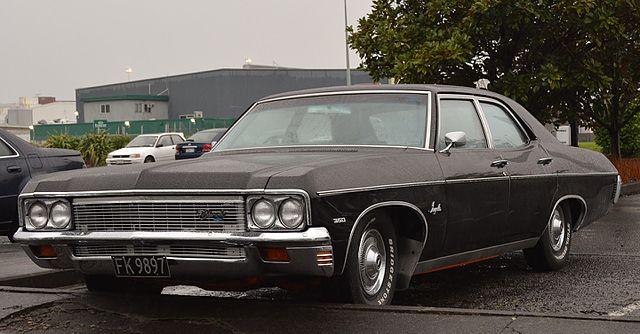
Regular car insurance may not cut it for your classic ride. Classic car insurance usually offers better protection at a lower rate. Look for a policy that meets both your needs and state requirements.
Classic car insurance often comes with perks like agreed-upon value and limited mileage discounts. It’s worth shopping around to get the best deal. Plus, your insurance card will be essential for registration.
Having insurance in place not only protects your car but also makes the registration process smoother. Be sure to bring proof of insurance when you head to the DMV.
Have Your Vehicle Inspected (If Required)
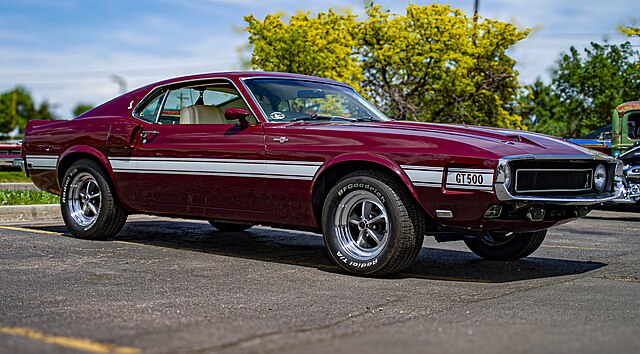
In some states, classic cars need a special inspection before registration. This could include a safety inspection or emissions testing, depending on local regulations. Be sure to check if your state requires this step.
Schedule your inspection ahead of time to avoid any delays in registration. Many classic car enthusiasts recommend finding a shop familiar with vintage vehicles. They’ll understand the unique needs of your classic.
Once your car passes inspection, keep the paperwork handy. You’ll need to present it during registration, so it’s best to have it in your documentation folder.
Prepare to Pay Fees and Taxes
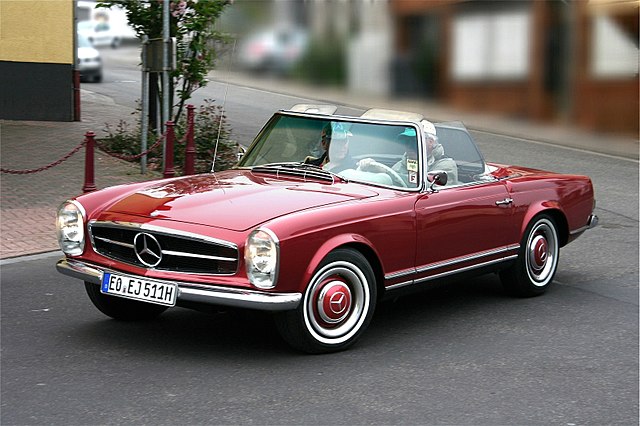
Registering a classic car often comes with specific fees and possibly taxes. The amount will vary based on your car’s value and your state’s requirements. Knowing these costs upfront can help you avoid surprises.
Check your state’s DMV site for a breakdown of fees related to classic car registration. It’s better to come prepared with exact amounts. Some DMV offices only accept certain payment methods, so confirm this as well.
Having the correct amount ready will make the registration process a breeze. Plus, you’ll avoid the embarrassment of holding up the line!
Complete the Application for Title and Registration
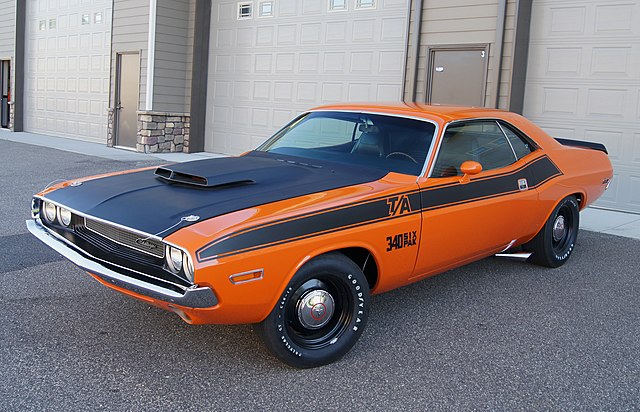
Most DMVs require you to fill out an application for title and registration. This form will ask for basic information about you and your vehicle. Filling it out beforehand can save you time.
You can often download this form from your state’s DMV website. Complete it at home to minimize wait times at the DMV. Just double-check that all information is correct.
Accuracy is key here. A small mistake can lead to delays, so take your time filling it out. This is your official link to owning your classic car!
Apply for Historic or Antique Plates (If Available)

In many states, classic cars are eligible for historic or antique plates. These plates often come with benefits like lower registration fees or relaxed driving restrictions. Check if your state offers this option.
Applying for these plates can give your car extra flair, and it’s often a point of pride for classic car owners. Plus, historic plates add a unique touch to your vehicle. It’s one more way to celebrate your car’s vintage charm.
If you’re eligible, this is an easy step to take. Just check the requirements to see if your classic qualifies for these special plates.
Submit Your Documents at the DMV

Once everything’s in order, it’s time to visit the DMV. Bring your documentation, fees, and application form. Some DMVs allow online or mail-in registration, so check if that’s an option in your state.
Arriving prepared means you’ll likely spend less time waiting. Double-checking your documents before heading out can save you a second trip. Be ready with everything neatly organized.
This step can feel like a final hurdle, but with your preparation, it should be quick. You’re one step closer to hitting the road in style!
Review Your Registration for Accuracy

After submitting everything, take a moment to review your registration papers. Ensure your car’s make, model, and VIN are listed correctly. Small mistakes here can cause issues later on.
It’s easy to overlook typos, but a careful check now can prevent future hassles. Errors on your registration could affect things like insurance or title transfers. Accuracy here is essential.
This review might only take a minute but offers peace of mind. You’ll feel more confident knowing all details are correct.
Store Your Registration Safely in Your Car
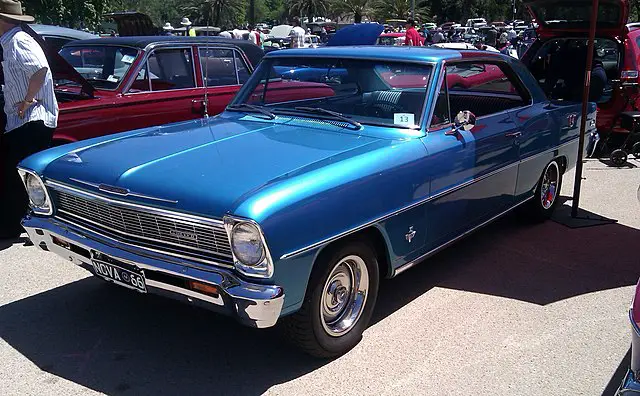
Once registered, keep a copy of your registration in your car. Many classic car owners opt for a secure spot, like the glove box, to avoid misplacing it. This way, you’re always prepared for any roadside checks.
Some owners like to laminate their registration to protect it from wear and tear. This can be a practical touch, especially if you plan on showing the car. A small step that can save future stress!
Keeping it safe and accessible is the key here. You’ll drive with more confidence knowing you’re covered.
Take Your Classic Car for a Victory Spin
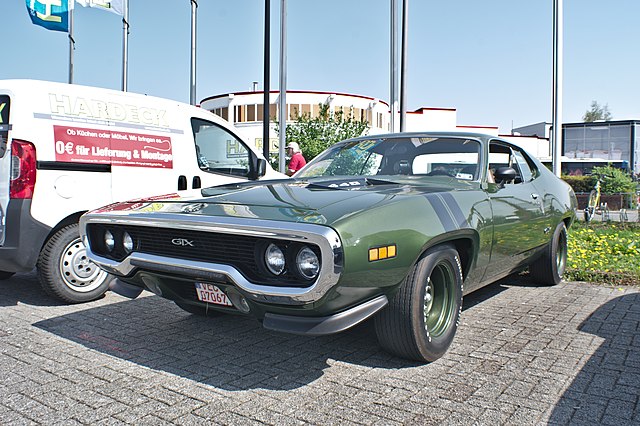
With everything completed, it’s time to enjoy your newly registered classic car. Take it for a spin, whether around the block or to a car show. After all the paperwork, it’s a well-earned celebration.
This is what owning a classic is all about—experiencing the open road. Share a few stories with friends, or post a picture to mark the occasion. Registering a classic is no small feat, so celebrate it!
Remember, your classic is now officially ready for the road. Enjoy every mile and take pride in the journey you’ve completed.
Final Thoughts
Owning a classic car is about more than just a vehicle; it’s about preserving history, sharing stories, and creating memories. Now that your car’s registration is sorted, you’re all set to hit the road legally and proudly.
Share your classic car registration journey or photos of your car on our Facebook page—we’d love to see it! Happy cruising!
